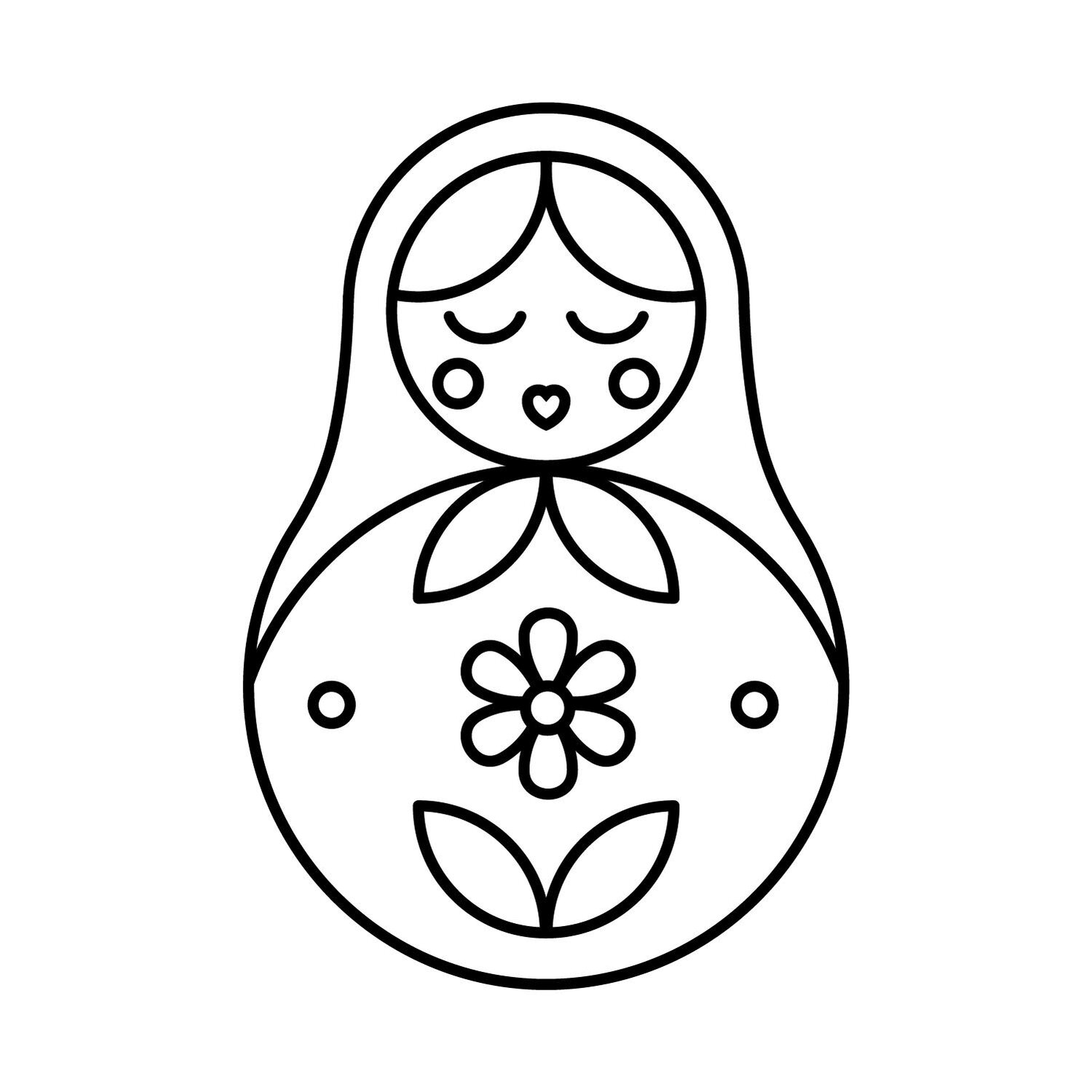q+a: yoora lee
Tchotchke Gallery: “I’m interested in the fact that time can be edited and rebuilt by people who archive the past.” Tell us more about how to implement this idea into your practice. How are you manipulating and creating time visually?
Yoora Lee: The past can be edited and constructed at the discretion of the person who archives it. I think 'present' is a hypothetical concept. All present facts immediately become the past. The past is a subjective record. No history written by anyone shows the past as it was originally. My works are based on images from the computer, phone or TV screen which is distancing from objective reality. I’m interested in the idea of filtering the time and space. I capture the contrast between the reality and illusion through my painting. Different space and time is separated through mirrors, screens, windows or reflected image. I sometimes use dramatic color contrasts to indicates difference between time.
TG: You listen to music while you work. What are you listening to and does what you're listening to impact what and how you paint?
YL: I listen to all genres of music that stir my emotions. I especially like dreamy songs like Cigarettes After Sex or Honne. And I bring lot of retro vibes of Japanese city pop in to my painting. Sometimes certain lyrics and melodies makes me want to paint directly from them. Recently I stuck with Maroon 5’s Beautiful Mistake and I made a whole painting based on that song.
TG: What role does color play in your painting practice? What role does space and composition play?
YL: Color in my painting is the most important element of representing my filtered reality. Certain color contrasts create depth, separation and certain mood in my work. With cool tone colors specifically, I started using this tonality to describe a state of melancholy, emptiness or longing.
Also, I can manipulate the mood and direction of image through dramatic point of view and composition. I approach painting in a similar way which movie director playing with camera angles. The cinematography aspects of my work emphasize feelings that I want to derive.
TG: How do you want viewers to feel when they look at your work? Are you open to conversation and interpretation?
YL: I want viewers flash back their own certain moments or bring fantasy to their mind through my painting. I always open to conversation and different interpretation of my work. People all have association with color, memories, how we think about color, it’s subjective. I think it is an interesting aspect of painting as people interpret and react differently.
TG: If you are not painting, what are you doing?
YL: I like to get away from my daily life when I'm not painting. I sometimes go on a trip without any plan, I love taking pictures or videos, so I tend to leave a lot of records wherever I go.
